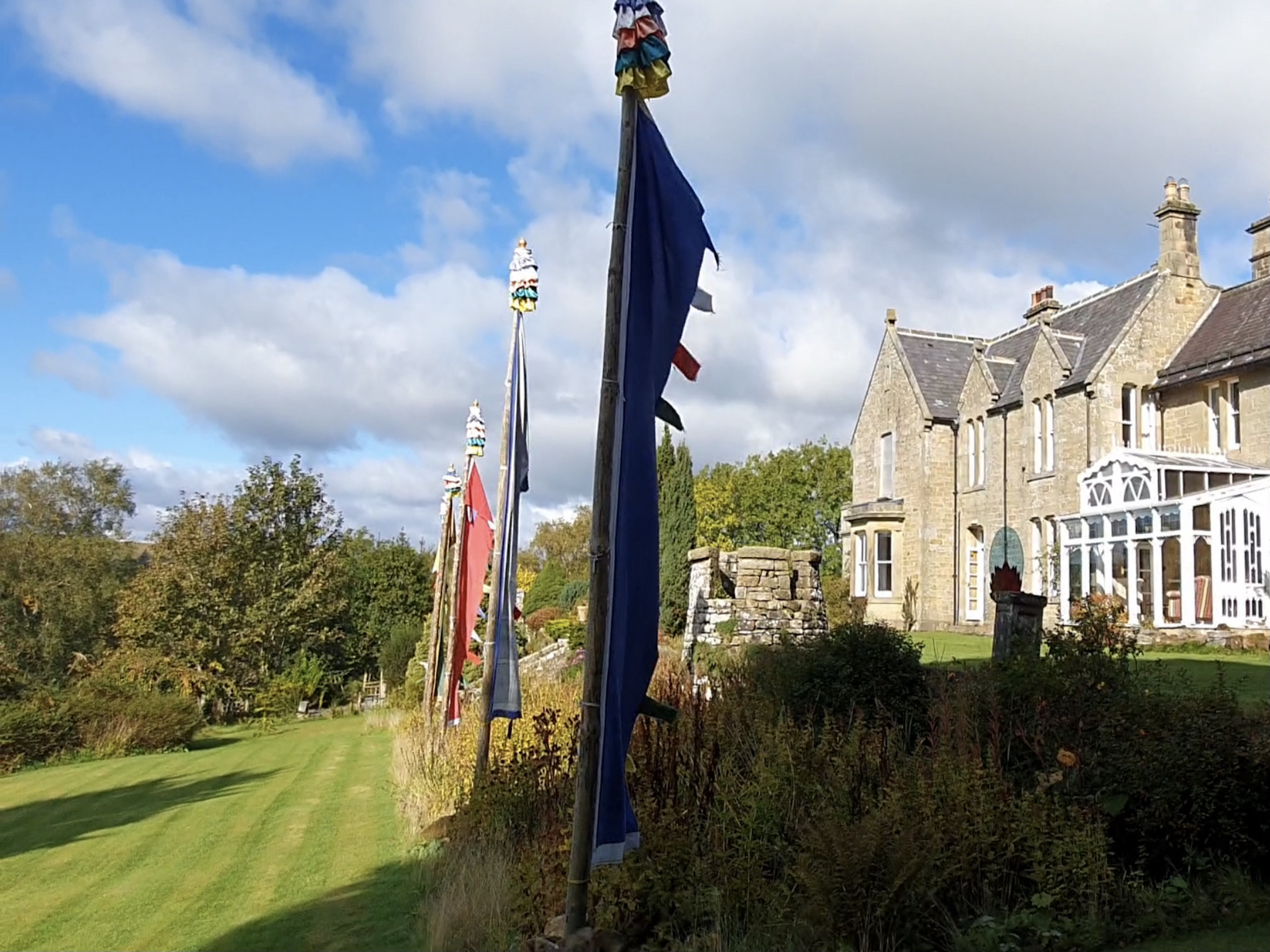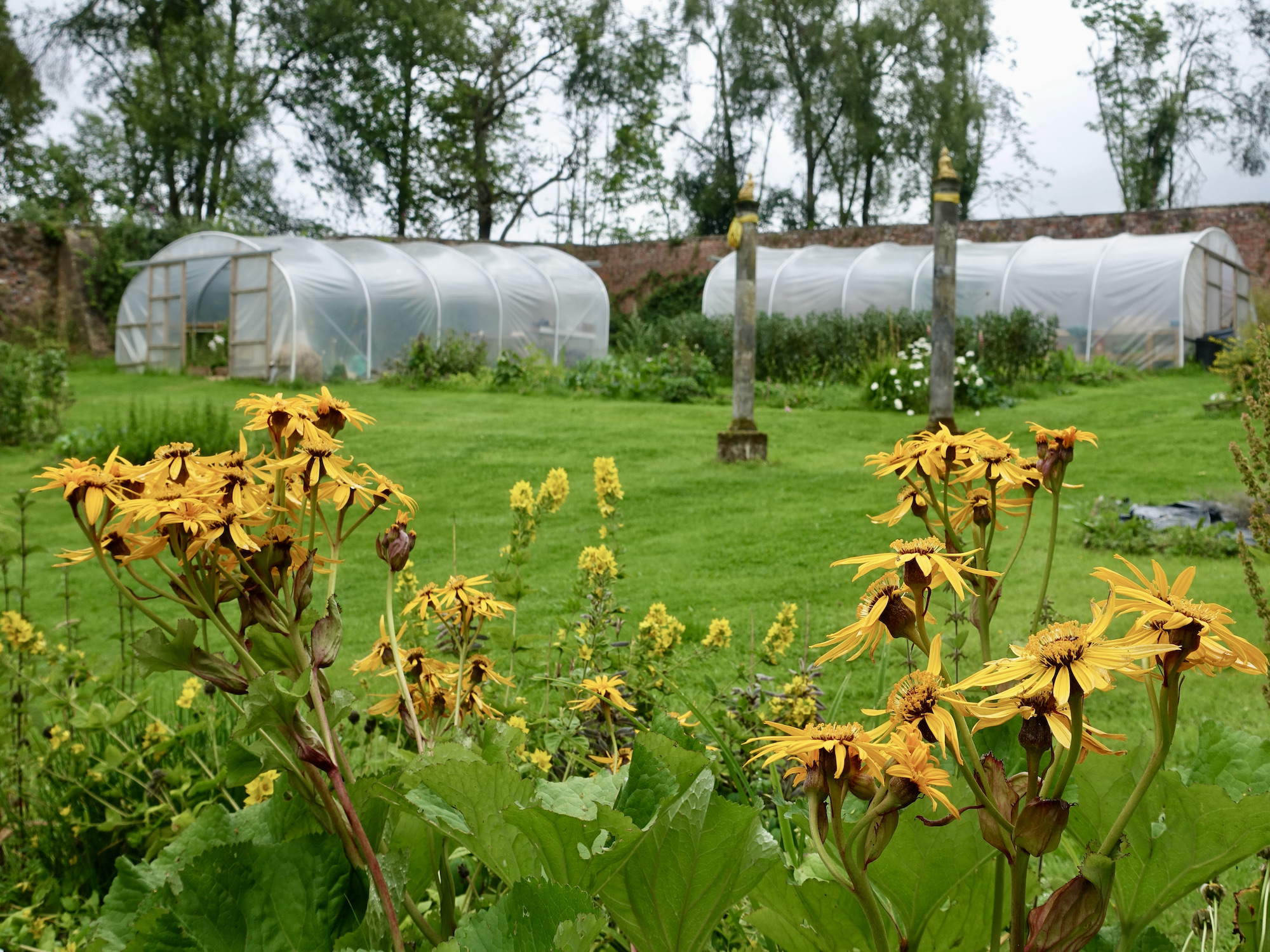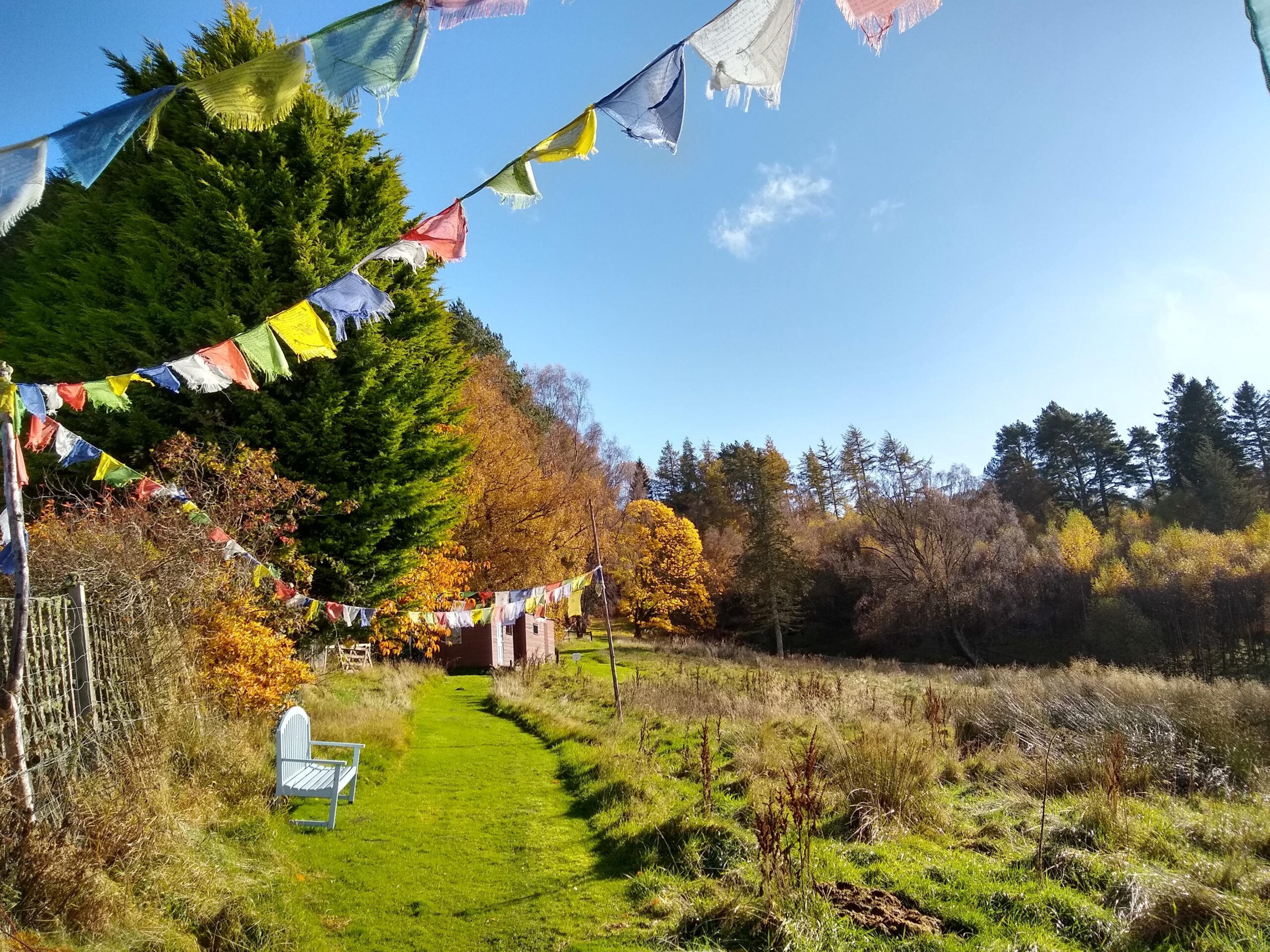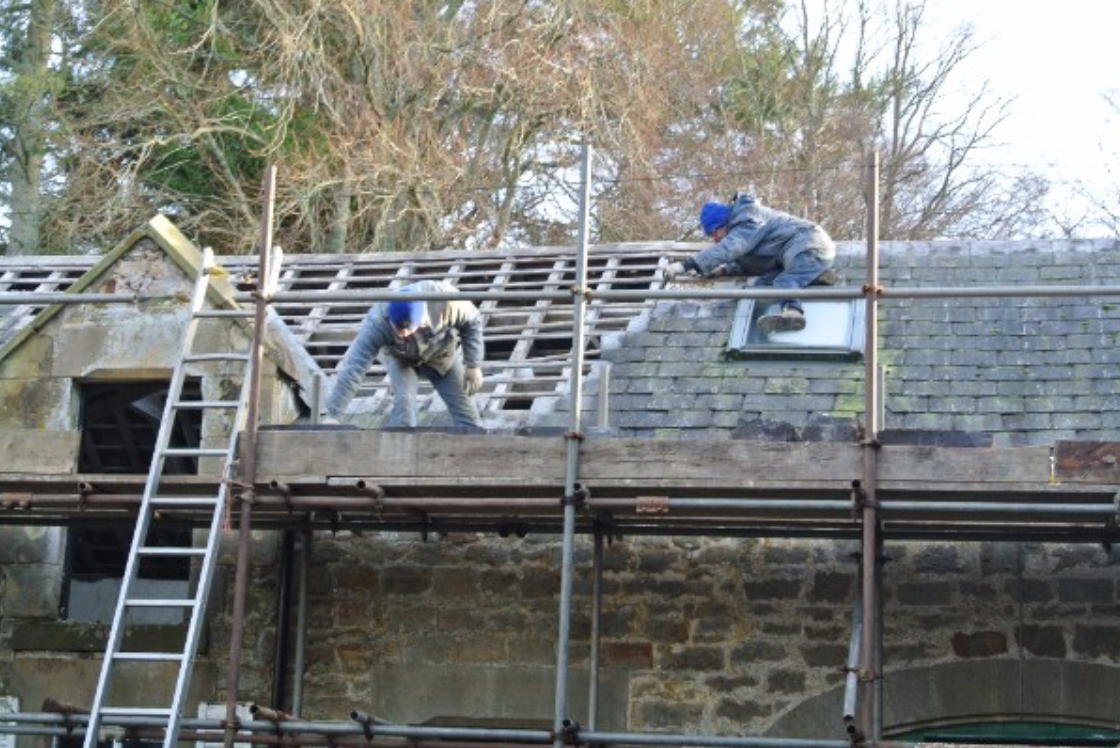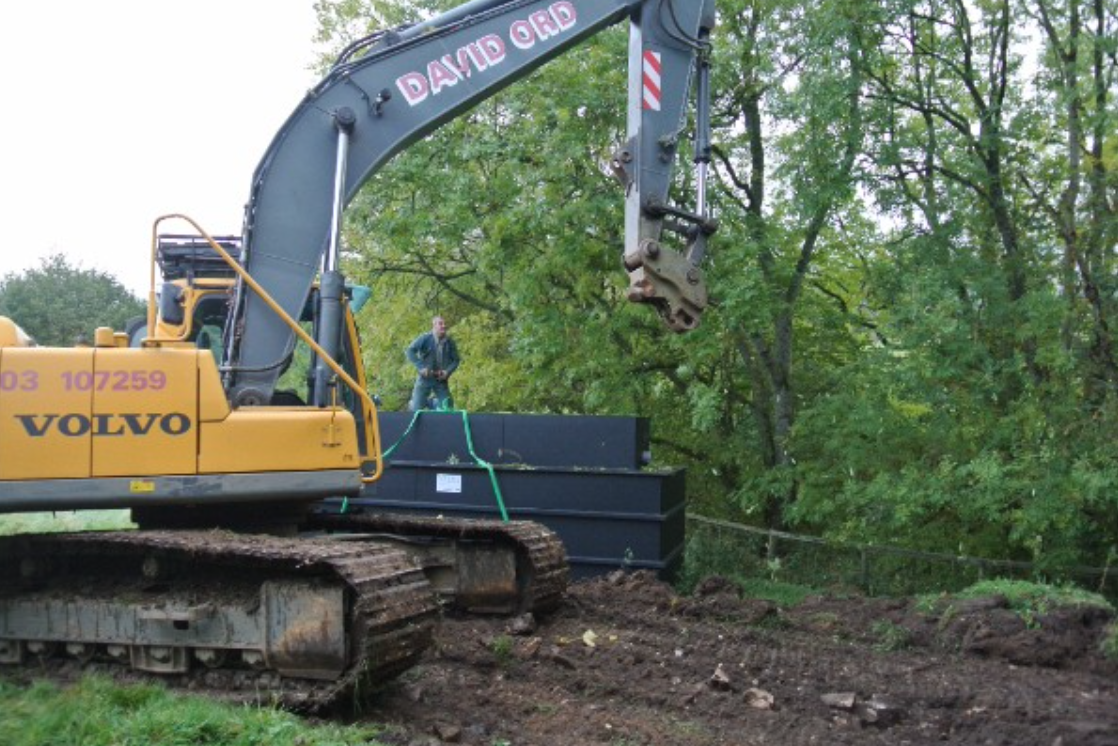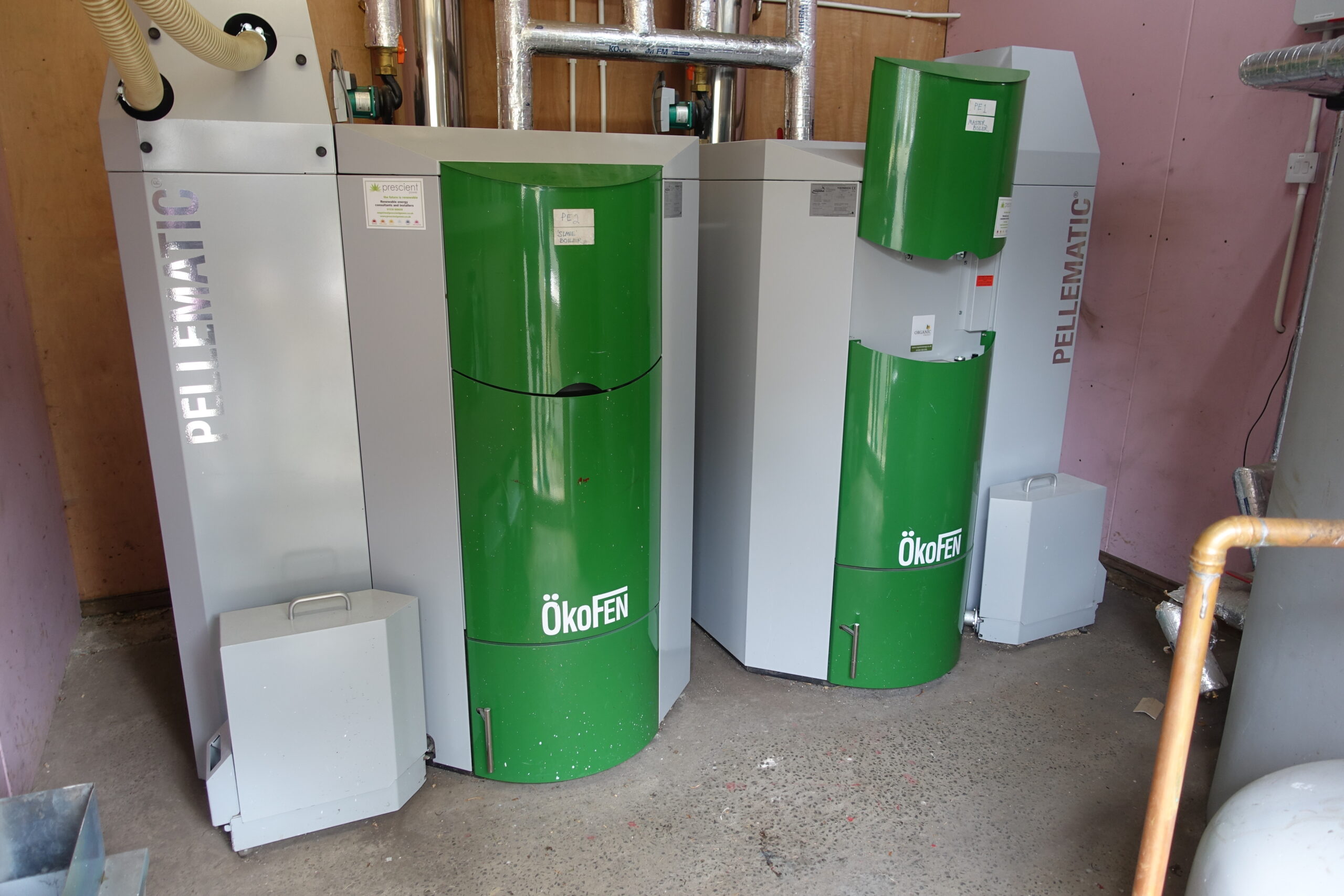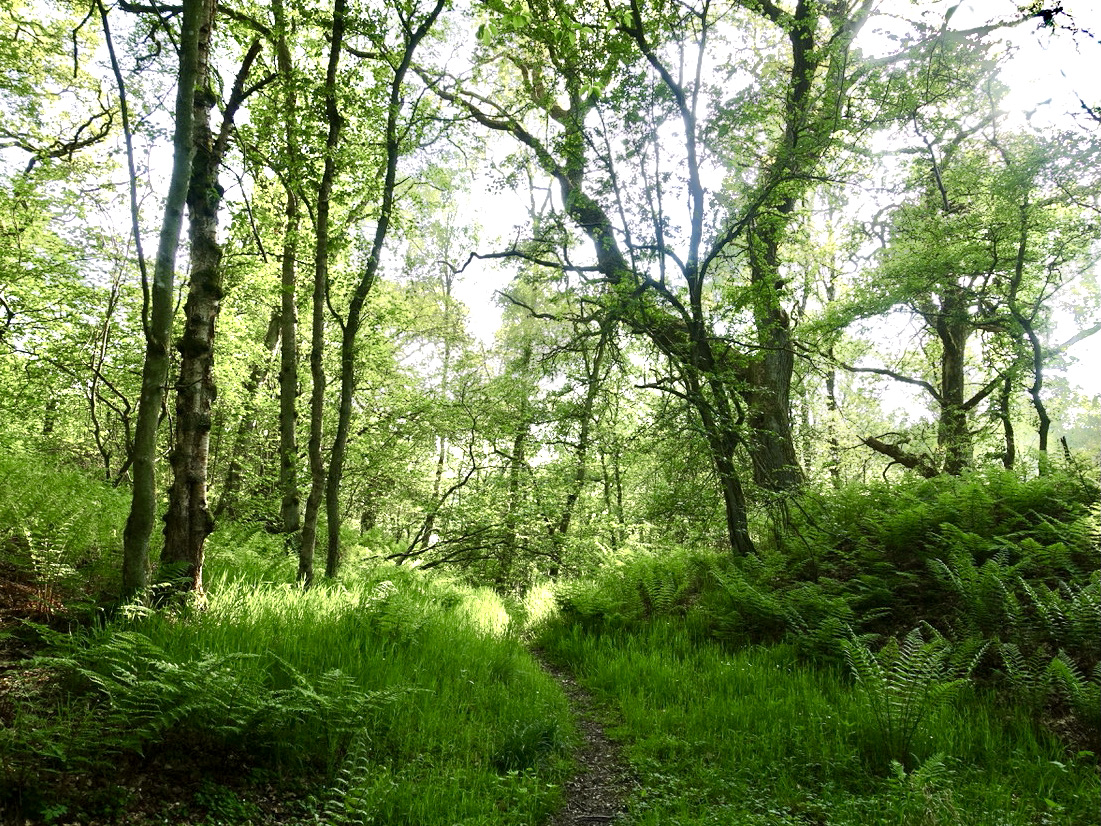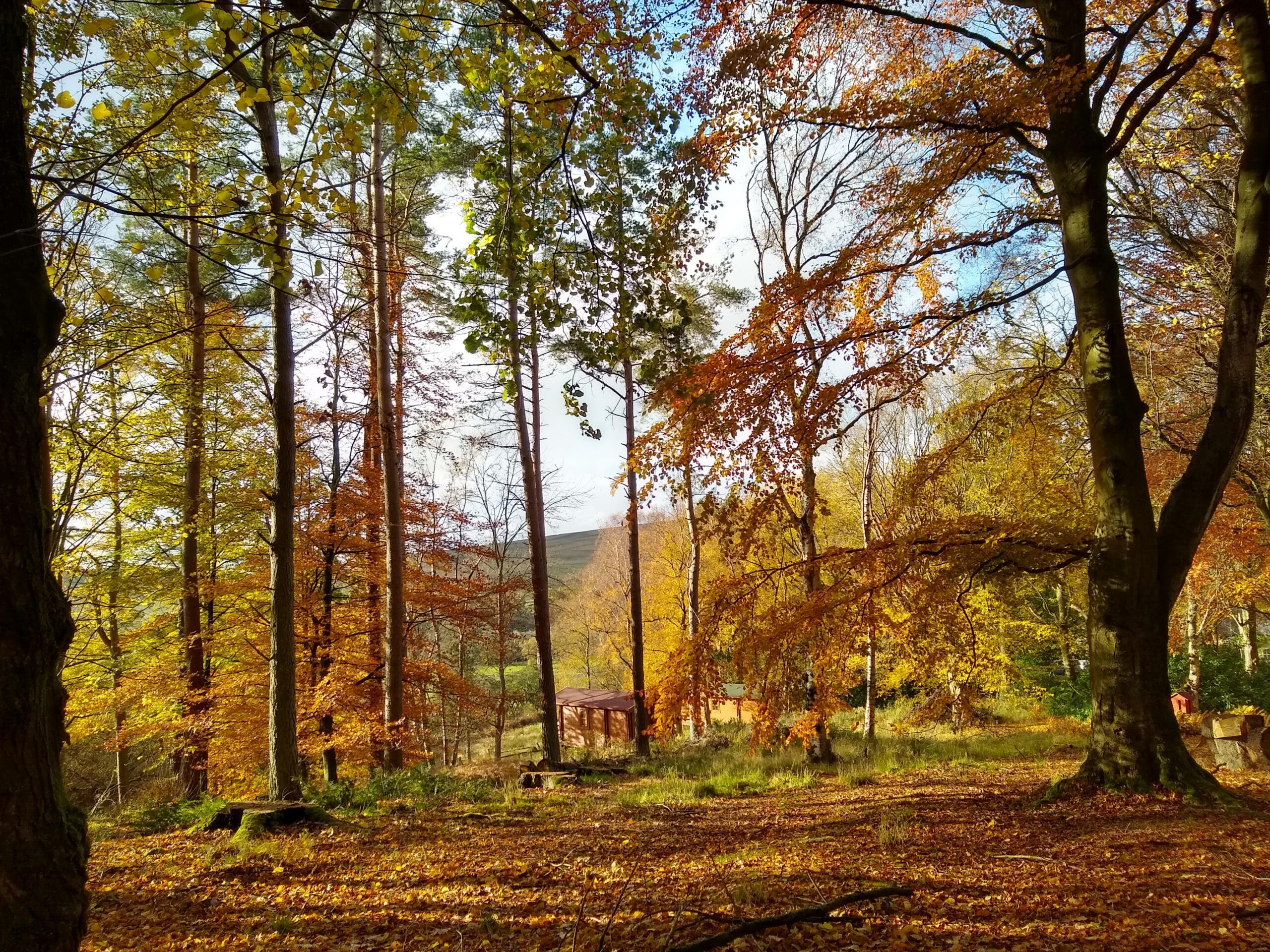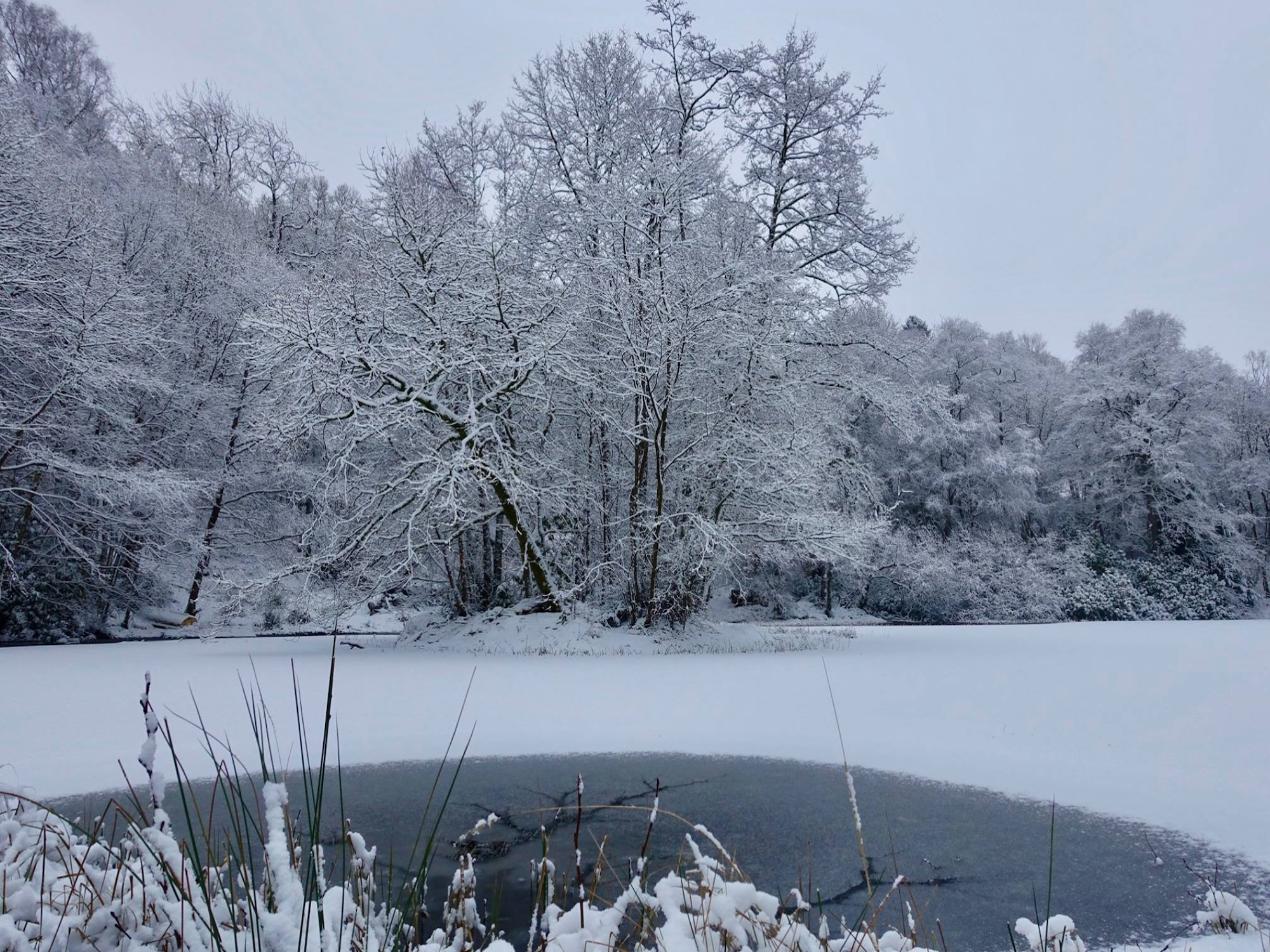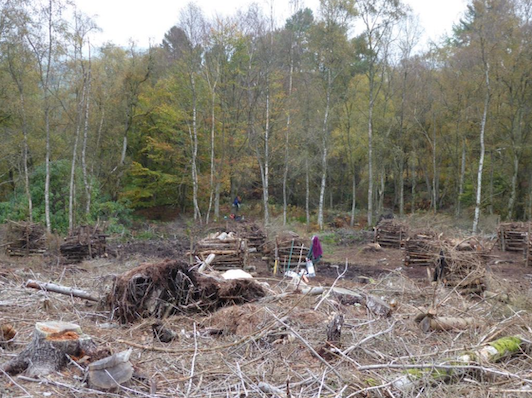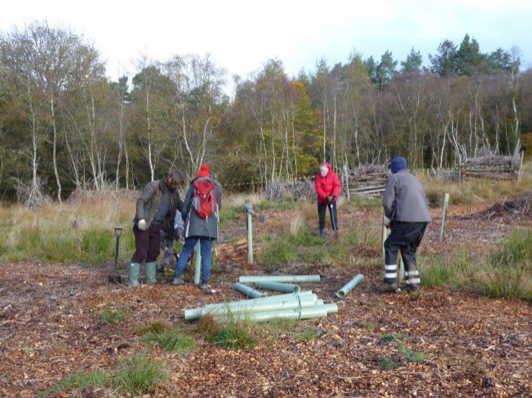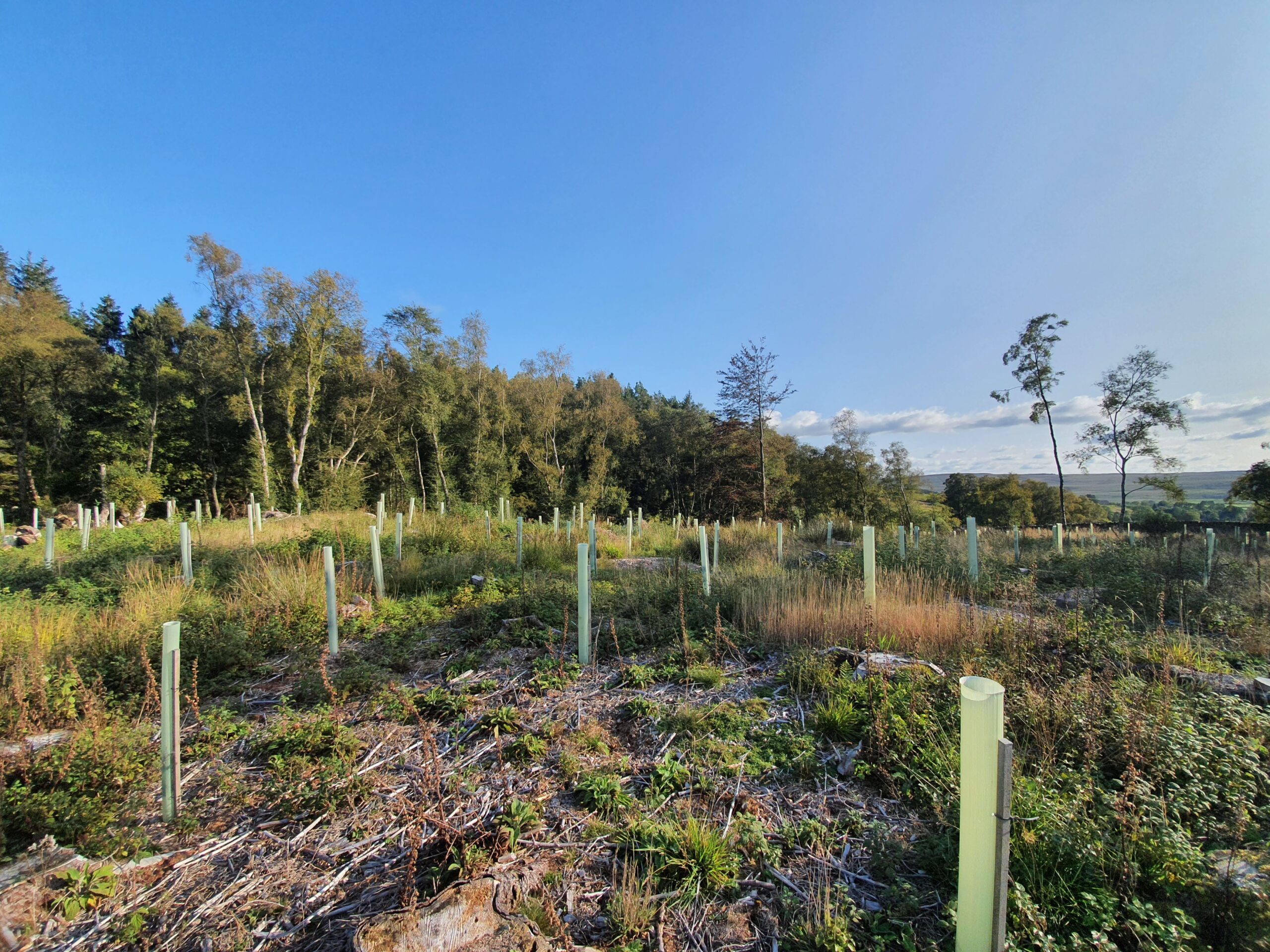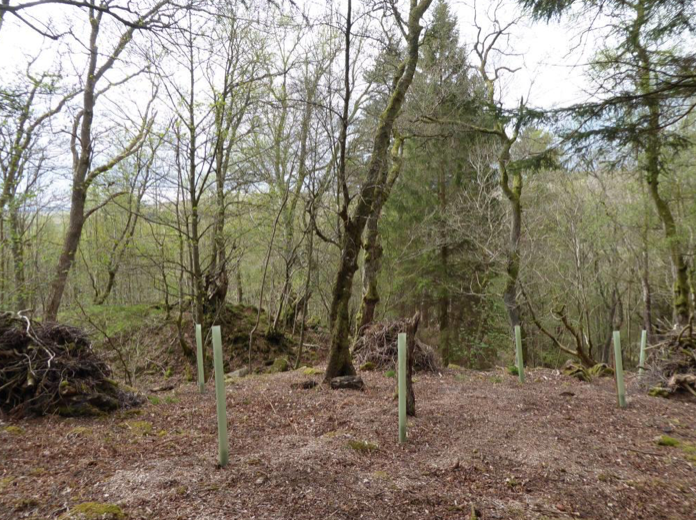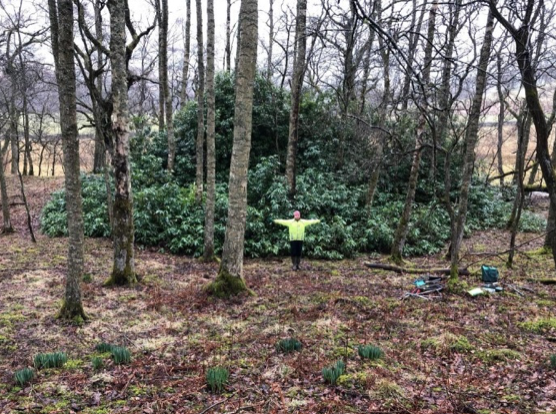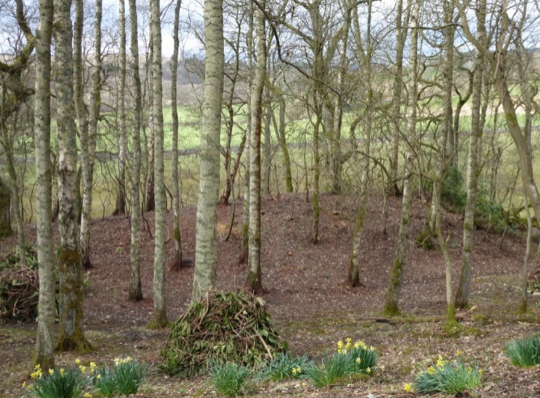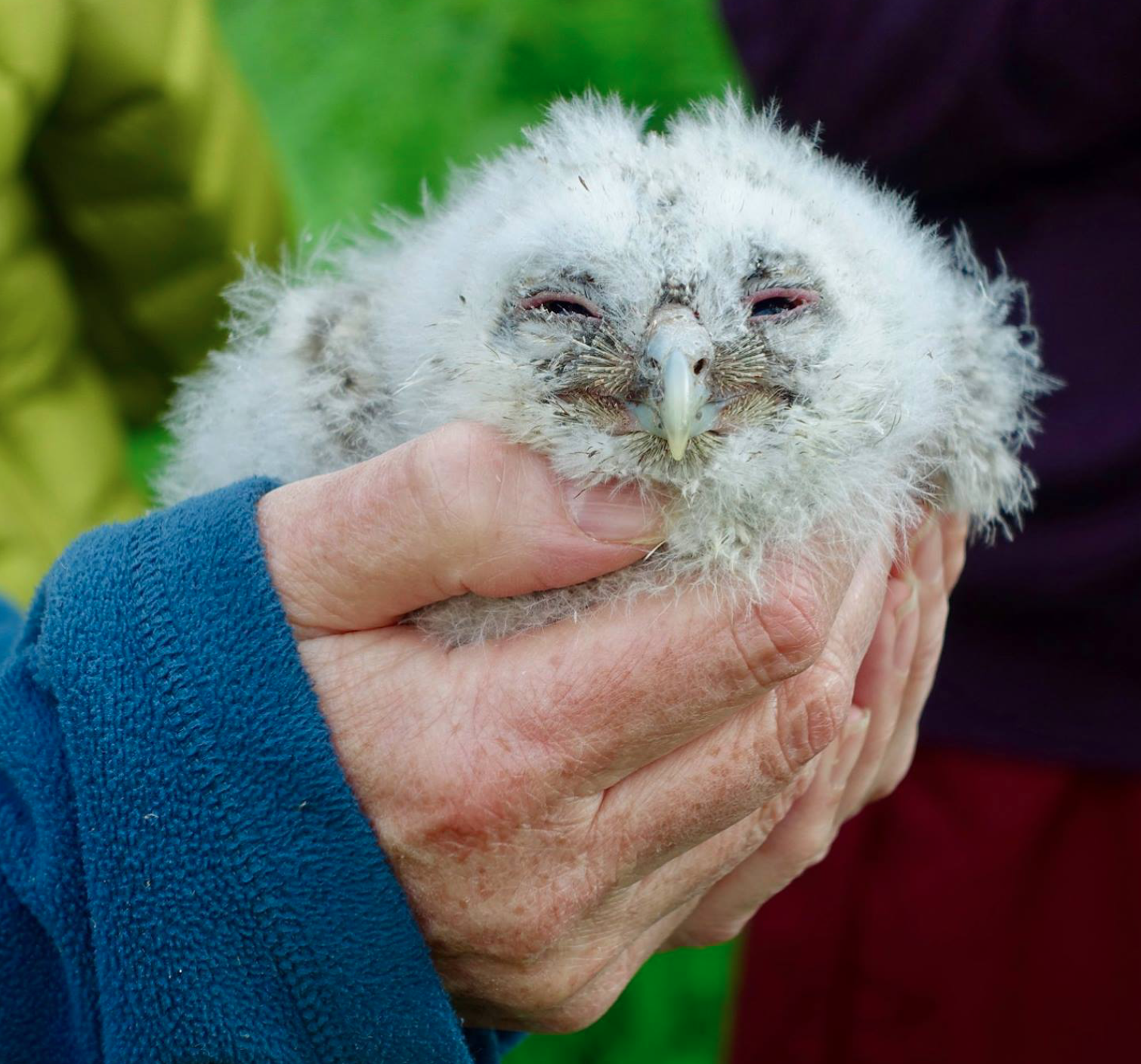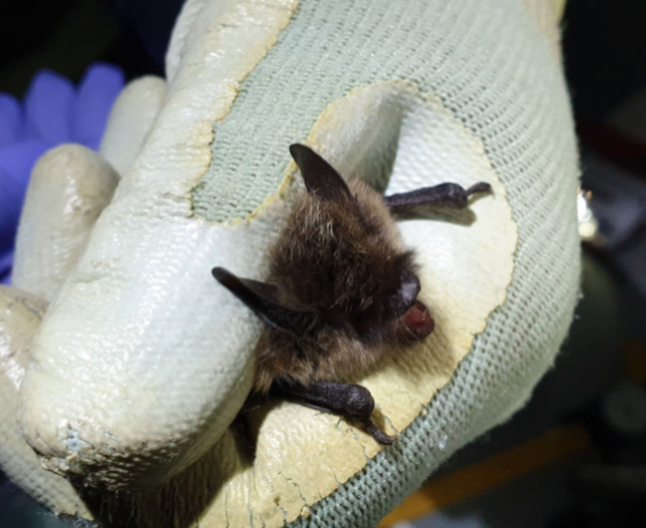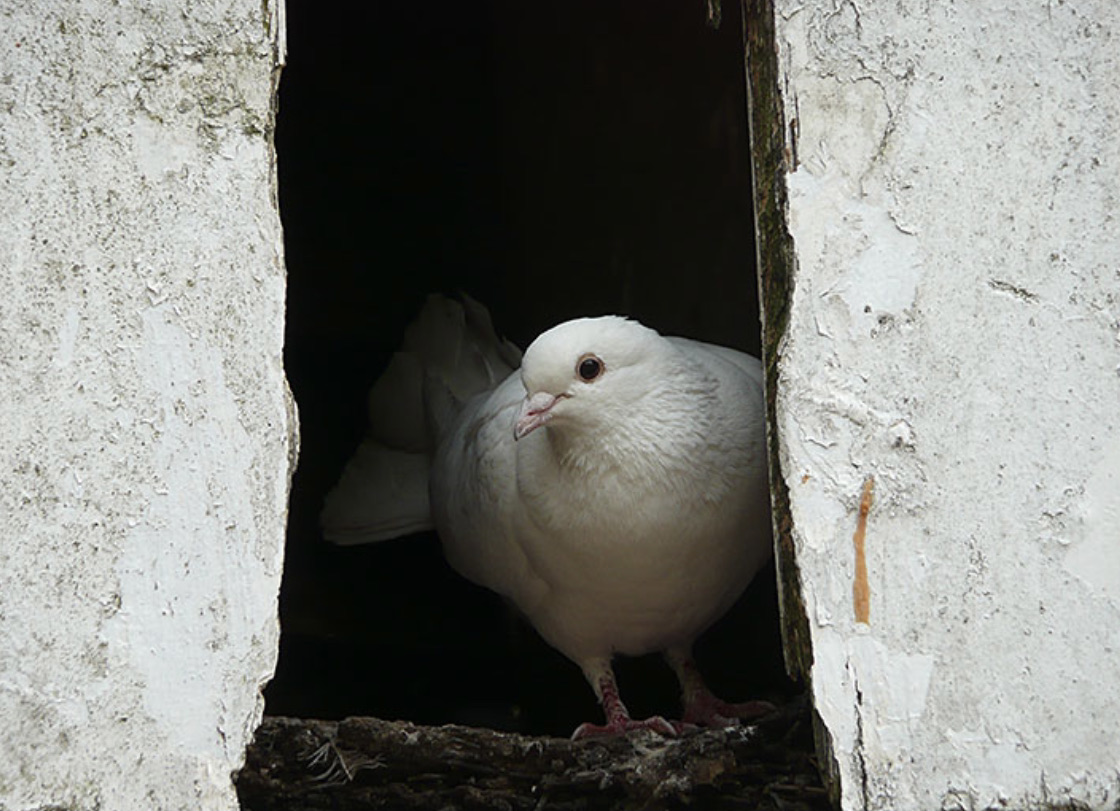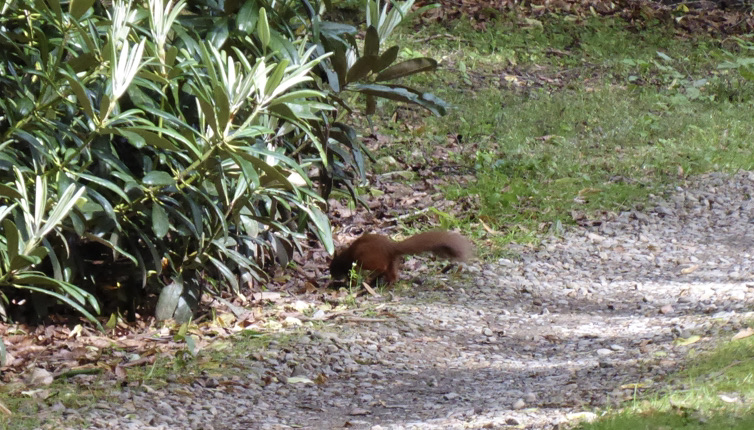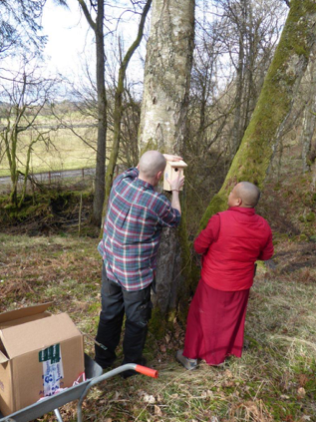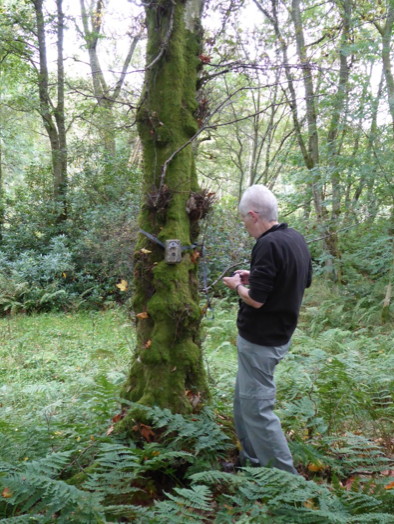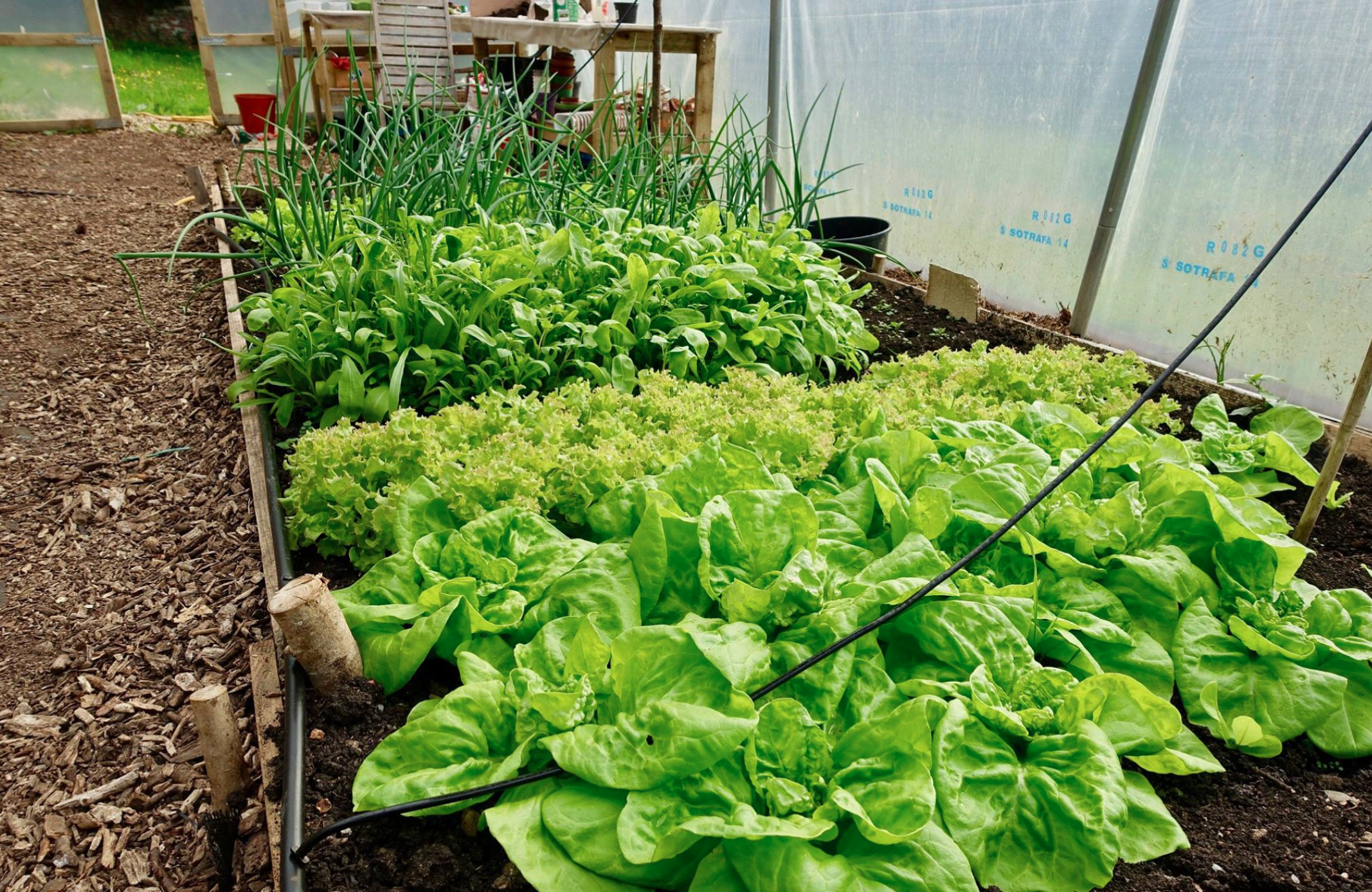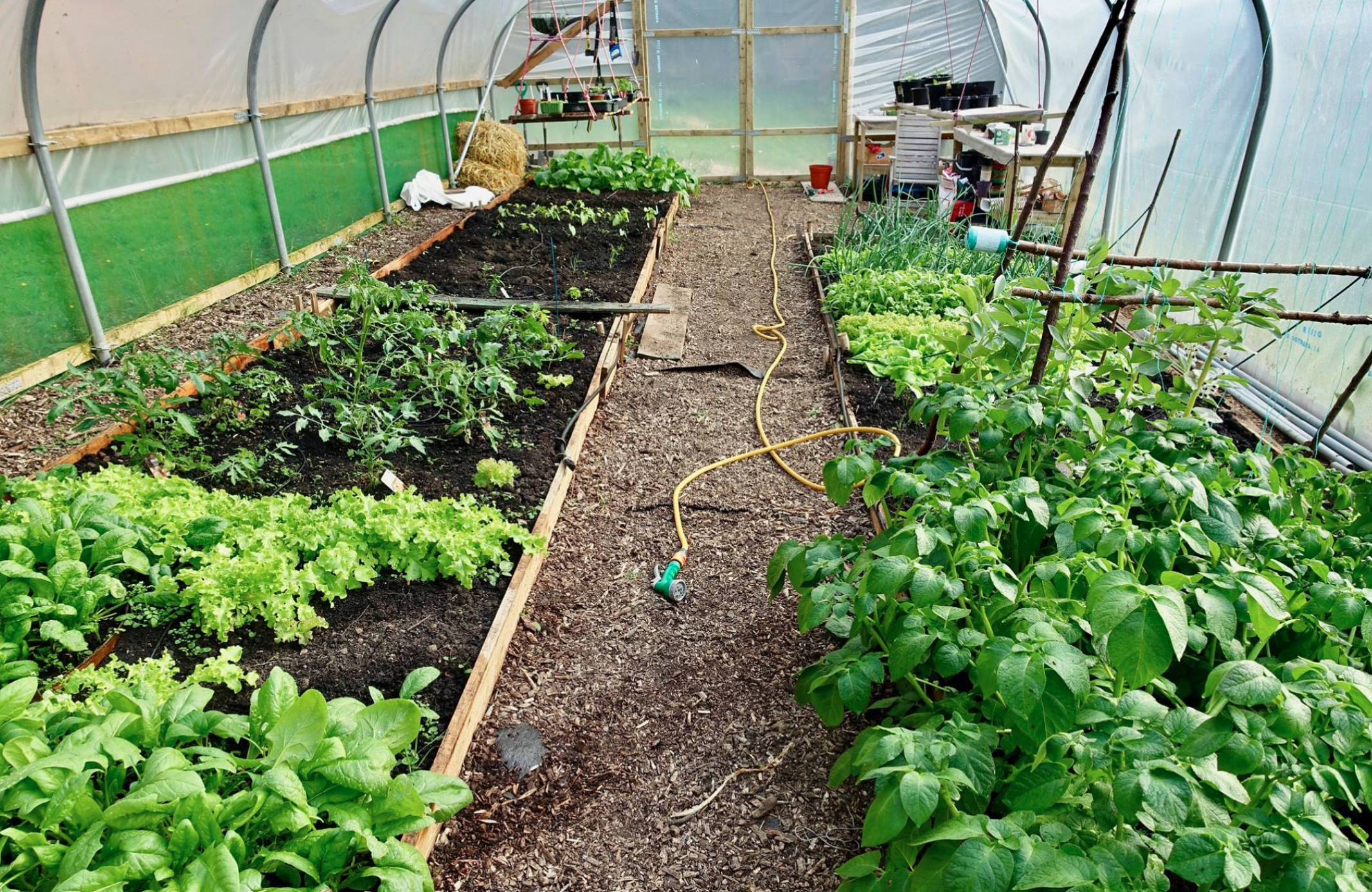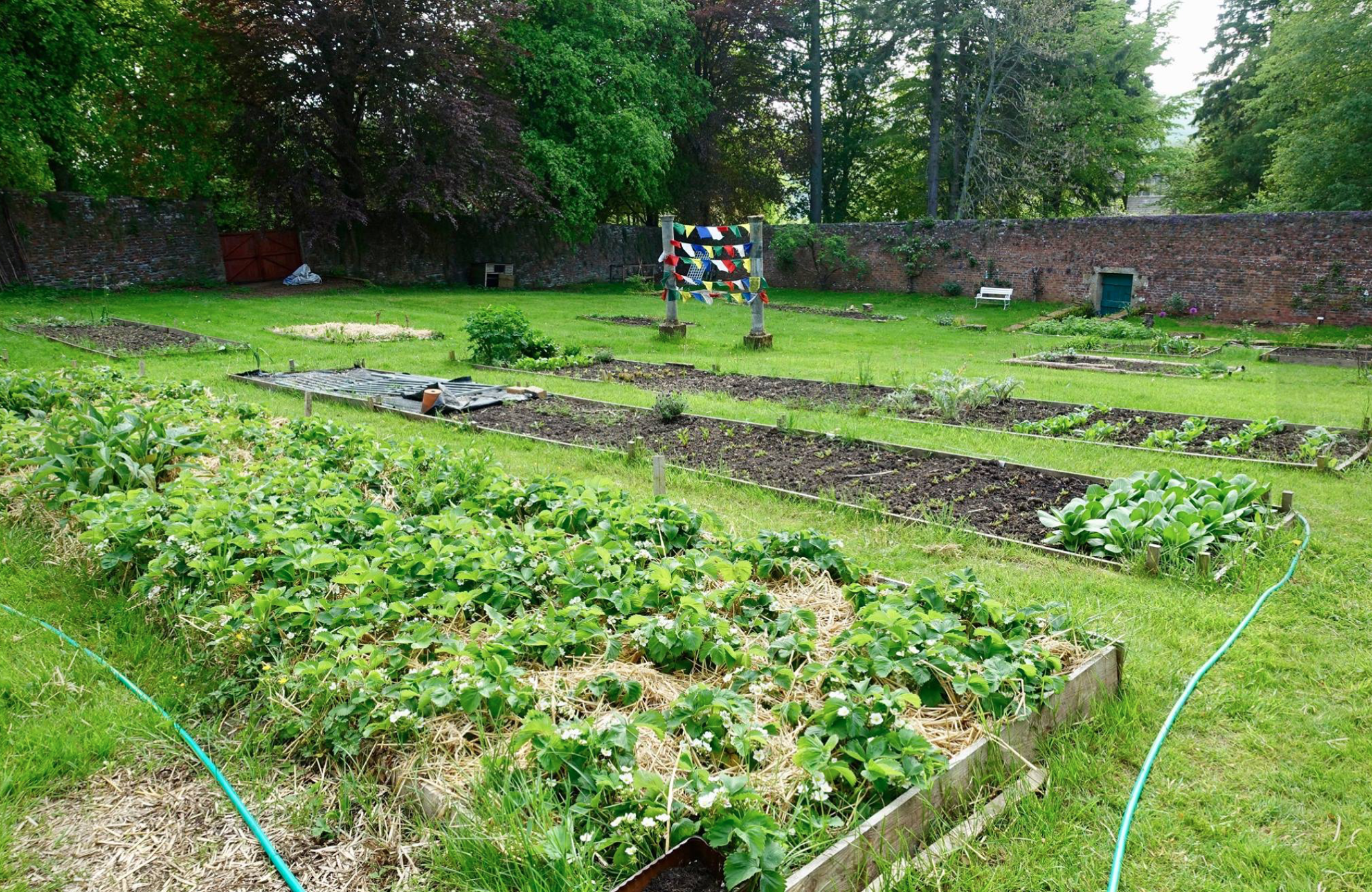Our Environment
Land of Joy is a Tibetan Buddhist Retreat Centre nestled in the beautiful countryside of the Northumberland National Park and within the Northumberland Gold Tier Dark Sky Area. The main house and renovated coachhouse are surrounded by woodlands, a grazing pasture, large walled vegetable garden and formal flower gardens. On a clear night, a sky full of stars reveals itself for our volunteers and visitors to enjoy.
Taking Care of Our Environment
We are passionate about, and committed to, sustainably reducing our impact on our idyllic rural environment as much as possible. We do this in a number of ways. Our waste water and sewerage are treated onsite in a state-of-the-art treatment package, while our dishwashing detergents and other cleaning products are environmentally friendly. This means the liquid coming out of our tanks will not pollute the local streams.
In addition, all of our heating and hot water is provided by two wood pellet boilers which use a renewable heat source. One former oil central heating chimney supports an enormous, healthy wild bee hive population, which in turn pollinates our fruit trees, vegetables and other flowers. We also have a facility to recharge electric vehicles.
We have re-roofed large areas of our buildings when needed, the work for which is carried out under the advice and licence of Natural England. This is done to protect the three species of bat and their roosts which call Land of Joy their home.
Land of Joy’s Woodlands
Our land covers a total of 17 hectares (ha), 11 of which is woodland, where you can find two manmade lakes, numerous springs and burns, an old quarry and a ravine. These woodlands are remnants of an ancient one, with native trees being present here since 1600 AD. They support a myriad of important native species which we are passionate about protecting and helping to thrive.
Restoring Our Woodlands
When the centre was first established, there was a large tract of commercial coniferous forest, a vast amount of Rhododendron ponticum, a thug amongst shrubs and some ‘exotic’ trees such as Norway spruce and European larch dotted around.
In order to help the native forest thrive we have felled the non-native conifer forest and cleared the brash. The space this created is now being re-planted with over twenty broadleaved native tree species, with emphasis on those that provide pollen, nectar, berries, seeds and hips, as well as being able to cope with our warming environment.
In total, over 700 new broadleaved trees, such as Scots pine, juniper, holly and English oak, now stand where the dense, dark forbidding forest once was. Wavy hair grass, Yorkshire fog grass, and wild raspberries now thrive alongside these new seedlings.
Elsewhere in the woods, we are looking after our very elderly trees, removing rhododendron and planting more native trees so that when old trees die or get blown down, there are young trees to follow.
This has all been made possible thanks to passion, commitment and hard work of Pauline Barber (Land of Joy’s former Woodland Manager), who tirelessly worked in the woodlands from when the centre was established in 2014 until 2023, as well as the hard working volunteers who have supported her. All their work has helped support a healthy and diverse variety of plants and animals including birds, reptiles, amphibians and insects, as well as providing an inspiring environment for resident volunteers and retreatants to enjoy.
Wildife at Land of Joy
The shaded woodlands give food and shelter to roe deer, red and grey squirrels and other small mammals including at least 4 bat species, such as brown longeared, Brandt’s, Soprano and common pipistrelle bats. Otter slides are seen in the snow and females with cubs forage in the lakes. Stoats are seen in the gardens and deer, fox, and otter footprints are regularly found along muddy footpaths.
Birds love our woodlands and the buildings, with over 30 species nesting at Land of Joy, including many migrant species. House martins and swallows swoop down to catch insects above the lawns, especially after rain. Robins, blackbirds, chaffinches and nuthatches raid the bird table and thrushes help remove slugs and snails from our walled garden. Tawny owls breed in all three of our owl boxes, whilst the owls using the box just outside the walled garden, help to keep vole numbers down in our two poly tunnels and the rest of the vegetable garden.
Looking After the Wildlife Living at Land of Joy
We are committed to helping the wildlife we share Land of Joy with the best we can, such as in the following ways:
- In the spring of 2021 twenty new bird boxes were installed in the woodland to support the local bird population.
- Our three owl boxes continue to be surveyed by a licensed specialist who rings any owl chicks he finds. 2021 was a poor breeding year for tawny owls, but 2 chicks were ringed. A box close to the stream had a large clutch of Mandarin duck eggs.
- We have put timber aside to construct an artificial otter holt in the summer. It will be situated close to a stream and away from the footpaths.
- A pine marten box will be installed in the autumn.
- We also try to help the local red squirrel population who are regularly under threat due to the presence of grey squirrels and parapox by contributing to conservation projects. For example we have helped monitor their numbers by installing 10 hair tubes four times a year and examining the Velcro pads on the tubes for evidence of fauna. Two squirrel feeders were also installed and refilled every week. Ad hoc sightings are also recorded, as are trail camera encounters. We also inform a local squirrel management group when grey squirrels are seen.


